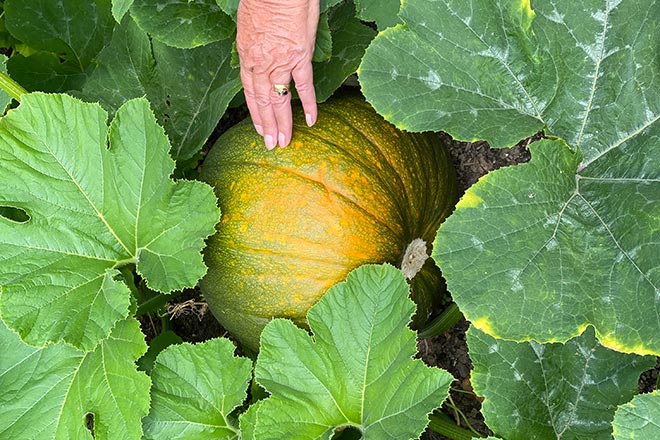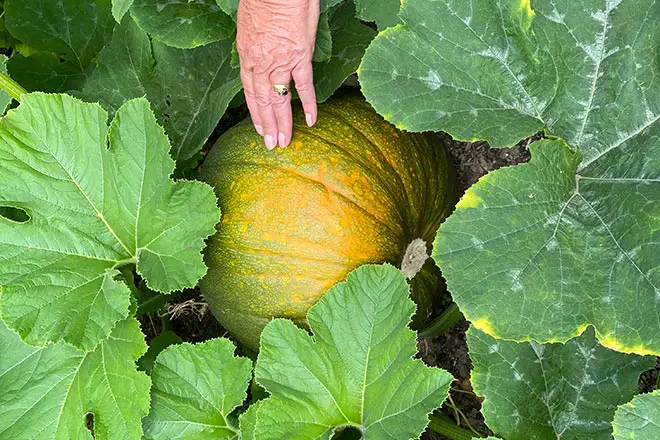You’re in for a treat as we take you on a delightful journey through the fascinating world of acorn squash growth. From its humble beginnings as a tiny seed, this popular autumn vegetable undergoes a magical transformation, relying on nature’s elements and your tender care. We’ll explore the stages of growth, the environmental conditions required, and even provide some helpful tips for cultivating your very own vibrant acorn squash plants. So, grab your gardening gloves and let’s embark on this enchanting exploration together!
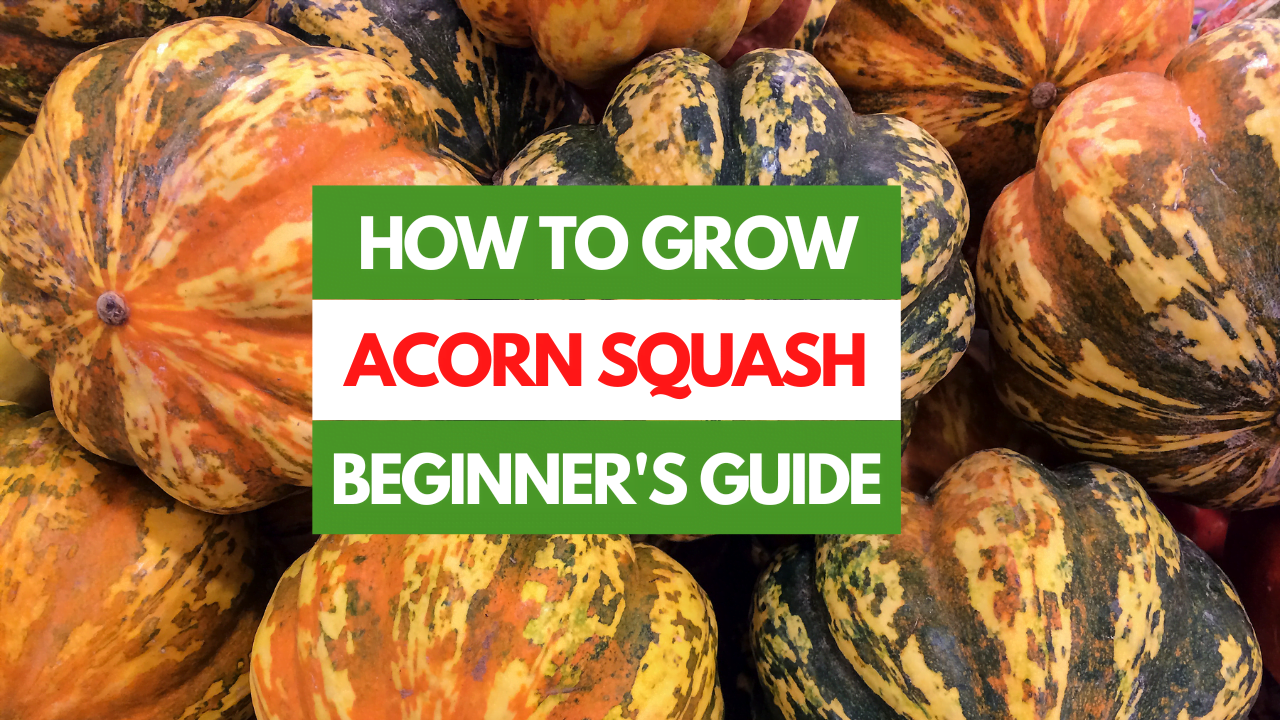
Choosing and Preparing the Soil
Selecting the Right Location
When it comes to growing acorn squash, selecting the right location is crucial. You want to choose a spot in your garden or yard that gets at least six to eight hours of direct sunlight each day. Acorn squash plants thrive in warm weather, so make sure to choose a location that receives plenty of sunlight and has good air circulation.
Soil Preparation
Before planting your acorn squash seeds or seedlings, it’s important to prepare the soil properly. Acorn squash plants prefer well-draining soil rich in organic matter. Start by removing any weeds or debris from the chosen area. Then, dig up the soil to a depth of about 12 inches. Loosen the soil and break up any clumps to ensure good root development. Incorporate compost or aged manure into the soil to improve its fertility and moisture-retaining capabilities.
pH Level and Nutrient Requirements
Checking the pH level of your soil is essential for successful acorn squash growth. Aim for a slightly acidic to neutral pH range of 6.0 to 7.0. You can easily test the pH level using a soil testing kit or by sending a sample to a local agricultural extension office. Adjust the pH level if necessary by adding lime to raise it or sulfur to lower it. Additionally, acorn squash plants require adequate nutrients for healthy growth. You can provide these nutrients by amending the soil with a balanced organic fertilizer, following the recommended application rates on the package.
Starting from Seeds
Obtaining Seeds
To start growing acorn squash, you will need high-quality seeds. You can find a variety of acorn squash seeds at your local garden center or purchase them online from reputable seed companies. Look for seeds that are labeled as disease-resistant and suited to your specific climate and growing conditions.
When to Start Seeds
The ideal time to start acorn squash seeds indoors is about four to six weeks before the last expected frost in your area. This allows the seedlings to develop and become strong enough to withstand transplanting. Refer to your local frost dates or consult with experienced gardeners in your area to determine the best time for starting your seeds.
Preparing Seedlings
Before planting the acorn squash seeds, prepare seed trays or small pots filled with seed-starting mix. Moisten the mix with water and plant two to three seeds per pot, about one inch deep. Keep the seeds warm and moist by covering the pots with plastic wrap or using a seedling heat mat. Once the seedlings emerge, remove any weaker ones, leaving only the strongest seedling in each pot. Place the seedlings under grow lights or in a sunny window to promote healthy growth.
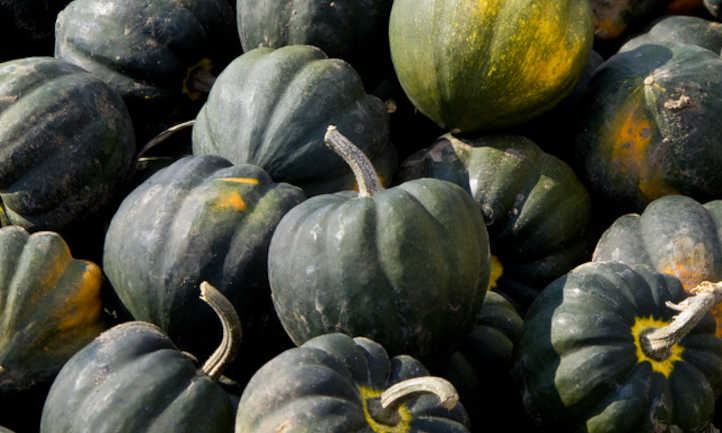
Transplanting Seedlings
Choosing the Right Time
Once your acorn squash seedlings are around four to six weeks old and the danger of frost has passed, it’s time to transplant them into the garden. The seedlings should have at least two sets of true leaves and a well-established root system before transplanting. Choose a day that is overcast or cool to minimize stress on the young plants.
Transplanting Process
To transplant the seedlings, start by digging a hole in the prepared soil that is slightly larger than the root ball. Gently remove the seedling from its pot, being careful not to damage the roots. Place the seedling in the hole, making sure it sits at the same depth as it was in the pot. Fill in the hole with soil, firming it gently around the base of the plant. Water the newly transplanted seedlings thoroughly to help settle the soil and eliminate any air pockets.
Caring for Transplanted Seedlings
After the transplanting process, it’s crucial to provide proper care for your acorn squash seedlings to ensure their successful establishment. Water the newly transplanted seedlings regularly, keeping the soil consistently moist but not waterlogged. Apply a layer of organic mulch around the plants to help retain soil moisture and suppress weed growth. Monitor the seedlings for signs of pests or diseases and take immediate action if necessary. Regularly check for any support needs, especially if you are growing larger varieties, to prevent heavy fruits from weighing down the plants.

Direct Sowing
Ideal Time for Direct Sowing
If you prefer to skip the indoor seed starting process, acorn squash can also be directly sown into the garden. Wait until the soil has warmed up and the danger of frost has passed before sowing the seeds. The ideal soil temperature for direct sowing is around 60°F (15°C) or higher. Check your local weather conditions or use a soil thermometer to ensure optimal conditions for successful germination.
Preparing the Site
Prepare the planting site by removing any weeds, rocks, or debris. Loosen the soil to a depth of at least 12 inches and amend it with organic matter to improve its fertility and drainage. Create mounds or hills in the soil with a gentle slope to help with water drainage and prevent waterlogging.
Sowing and Germination
Plant the acorn squash seeds in the prepared mounds or hills, spacing them about 18 to 24 inches apart. Sow the seeds about one inch deep and cover them with soil. Water the area gently to moisten the soil and facilitate germination. Be patient, as germination can take up to a couple of weeks depending on the conditions. Keep the soil consistently moist during this time to promote successful seedling emergence.
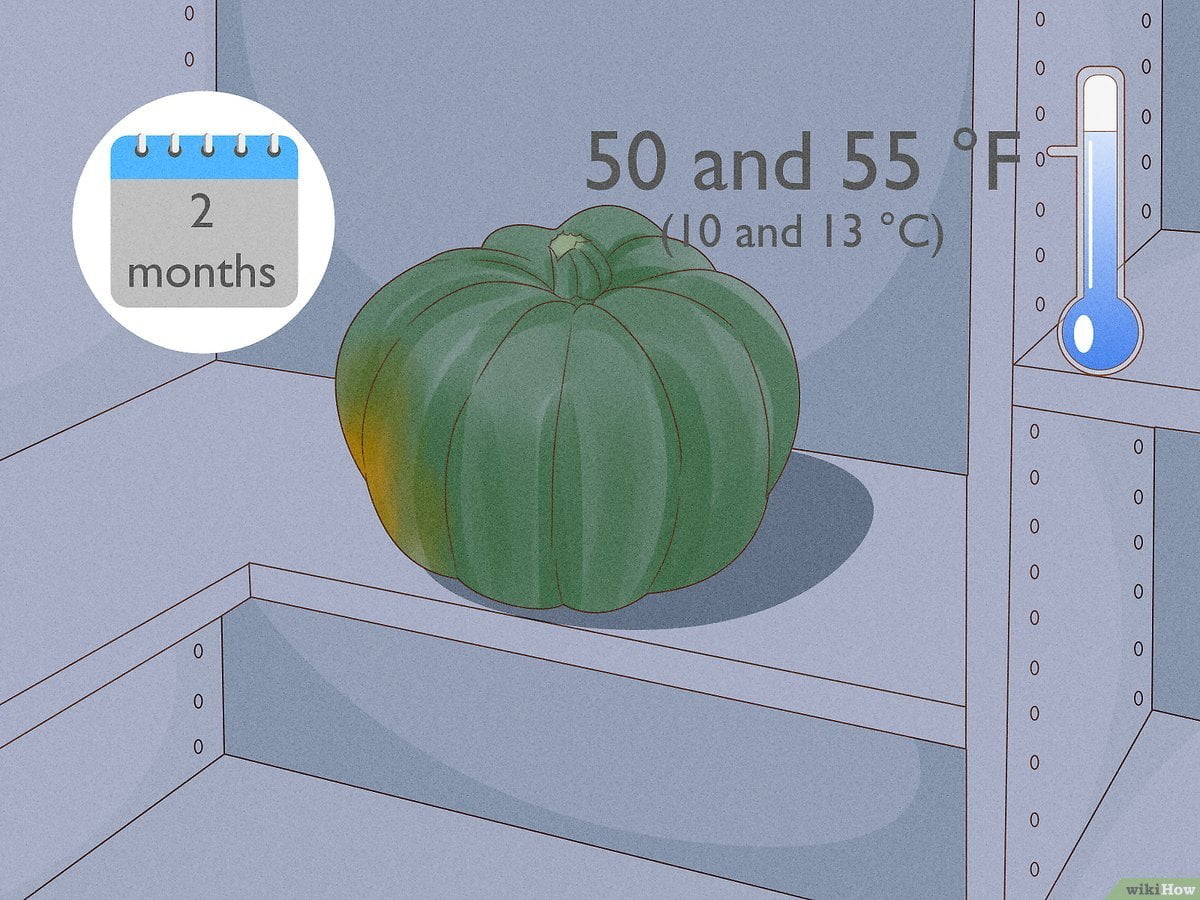
Caring for Acorn Squash Plants
Watering Needs
Proper watering is essential for healthy acorn squash plants. Provide regular irrigation, especially during dry periods or prolonged heatwaves. Aim to provide about one to two inches of water per week, either through rainfall or supplemental watering. Water deeply at the base of the plants, avoiding wetting the foliage, to minimize the risk of fungal diseases. Mulching around the plants can help retain soil moisture and reduce evaporation.
Fertilization
Acorn squash plants have moderate nutrient requirements. Before planting, incorporate well-composted organic matter into the soil to provide a nutrient-rich environment for the plants. Once the plants start actively growing and producing fruits, you can side-dress them with a balanced organic fertilizer. Follow the package instructions for application rates and timing. It’s important not to over-fertilize, as excessive nitrogen can lead to vigorous vine growth with fewer fruits.
Pest and Disease Control
Like any plant, acorn squash is susceptible to various pests and diseases. Regularly inspect your plants for common pests like aphids, squash bugs, or vine borers. Handpick any visible pests and consider using organic insecticidal soaps or neem oil if the infestation becomes severe. To prevent diseases, ensure good air circulation by providing ample spacing between plants. Remove any infected leaves or fruits promptly to avoid the spread of diseases.
